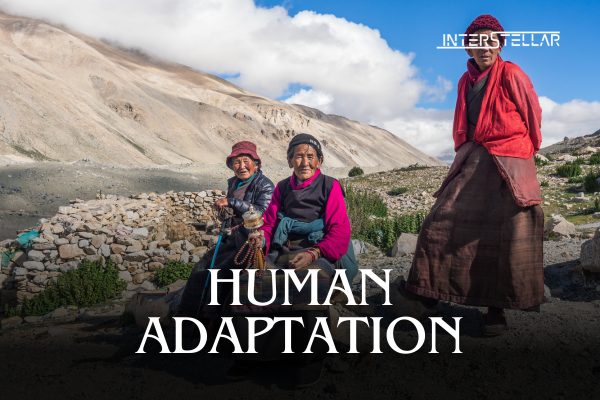New Research Reveals Human Evolution on the Tibetan Plateau
A recent study has highlighted how evolution continues to shape human life, especially in one of the harshest environments on Earth – the Tibetan Plateau. Led by Cynthia Beall, a Distinguished University Professor Emerita at Case Western Reserve University, the study examines how humans have adapted to thrive in the oxygen-scarce conditions of this high-altitude region.
How Tibetan Women Thrive in Low Oxygen Environments
The study focused on 417 Tibetan women, aged 46 to 86, living at altitudes between 12,000 and 14,000 feet in Upper Mustang, Nepal. Researchers gathered data on their reproductive histories, physiological traits, and DNA samples. The goal was to understand how oxygen delivery traits influence reproductive success in these extreme conditions.
Key findings revealed that women with the most live births displayed a unique combination of heart and blood traits. These traits allowed for efficient oxygen delivery without overloading the body. Specifically, these women had near-average hemoglobin levels but higher oxygen saturation. This balance enabled better oxygen transport without making the blood thicker, which can stress the heart.
Insights Into Natural Selection and Human Evolution
“This is a case of ongoing natural selection,” Beall explained. Tibetan women have evolved in a way that ensures their bodies meet oxygen demands without straining the heart. The study also identified a gene variant likely inherited from the Denisovans, ancient hominins who lived in Siberia over 50,000 years ago. This variant, part of the EPAS1 gene, regulates hemoglobin concentration and is unique to indigenous Tibetan populations.
Other traits, such as increased blood flow to the lungs and wider heart ventricles, further improve oxygen delivery. These adaptations contribute to the women’s greater reproductive success, showcasing how evolution continues to optimise human survival in extreme environments.
The Impact of The Tibetan Women’s Study
The research provides valuable insights into human adaptation and evolution, especially in extreme environments. Beyond offering a deeper understanding of Tibetan women’s remarkable resilience, these findings may help scientists explore future responses to environmental challenges and hypoxia-related illnesses. The study demonstrates how natural selection continues to shape human biology in ways that improve survival and reproductive success.





